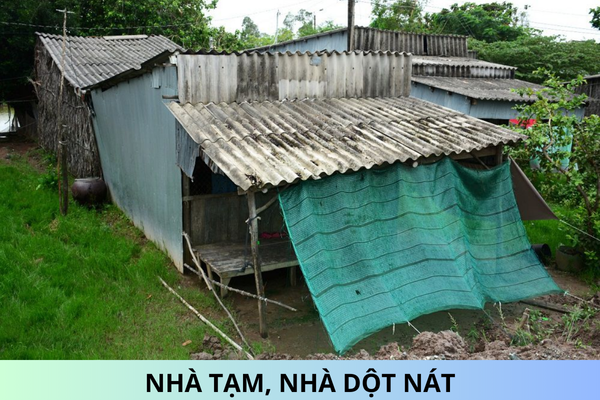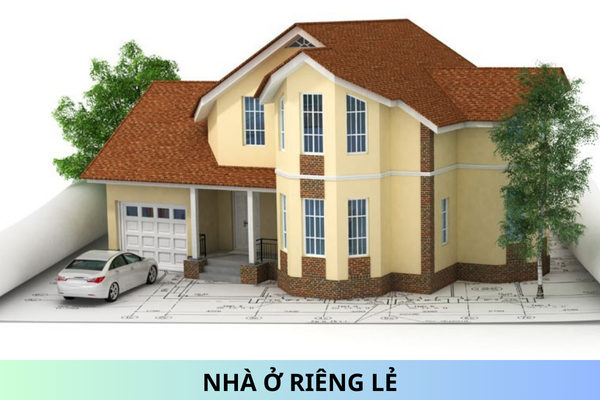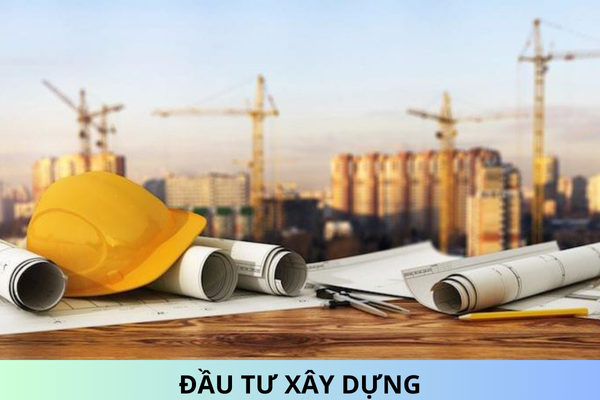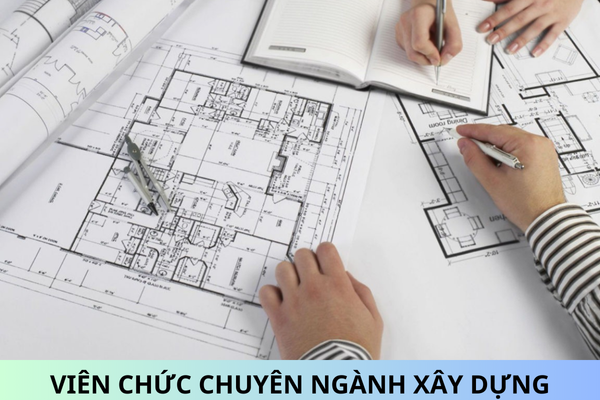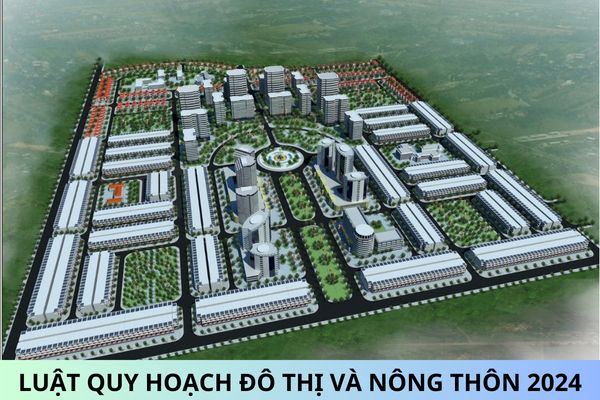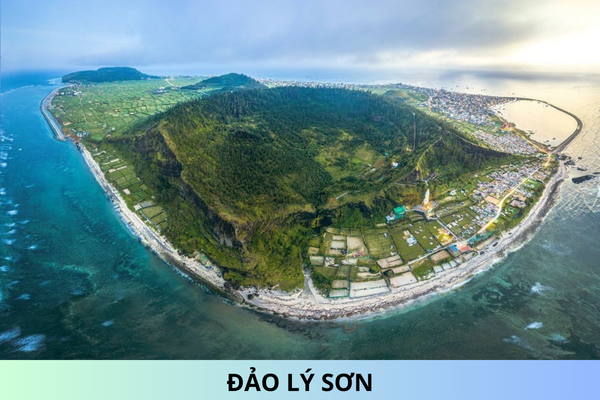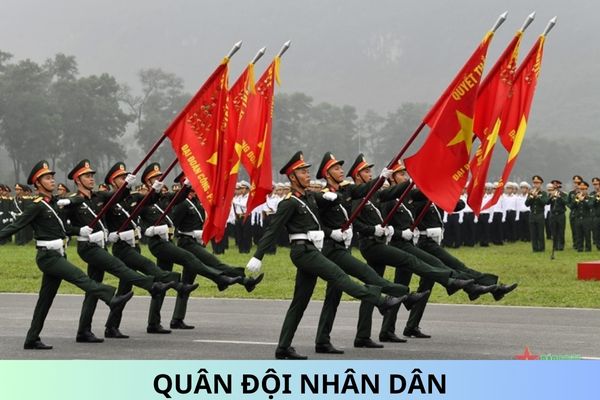What are standards for explosives in ensuring safety at construction sites in Vietnam?
What are standards for explosives in ensuring safety at construction sites in Vietnam? What are standards for storing, transporting and handling of explosives in a safe way at the construction site in Vietnam?
What are standards for explosives in ensuring safety at construction sites in Vietnam?
At Section 2.17.1 Subsection 2.17 Section 2 National technical regulation on safety in construction QCVN 18:2021/BXD promulgated together with Circular 16/2021/TT-BXD regulating explosives in ensuring safety at the construction site is as follows:
2.17.1.1 Storage, transportation, handling (handling); use explosives (explosives, explosive precursors, explosives) and attached devices to carry out explosions (hereinafter abbreviated as blasting construction); removal of explosives and other jobs related to blasting construction must comply with the provisions of law on management and use of weapons, explosives, explosive precursors, supporting tools, QCVN relevant and the provisions of this standard.
NOTE: Technical regulations related to explosives include : QCVN 01:2014/BCT, QCVN 01:2015/BCT, QCVN 01:2019/BCT, QCVN 02:2012/BCT, QCVN 02:2013 /BCT, QCVN 02:2015/BCT, QCVN 03:2012/BCT, QCVN 03:2013/BCT, QCVN 03:2015/BCT, QCVN 03:2020/BCT, QCVN 04:2012/BCT, QCVN 04:2015/ BCT, QCVN 04:2020/BCT, QCVN 05:2012/BCT, QCVN 05:2015/BCT, QCVN 05:2020/BCT, QCVN 06:2012/BCT, QCVN 06:2015/BCT, QCVN 06:2020/BCT , QCVN 07:2012/BCT, QCVN 07:2015/BCT, QCVN 08:2015/BCT and other technical regulations of competent authorities on the use of explosives and explosive devices.
2.17.1.2 Only authorized persons as prescribed by law on management and use of weapons, explosives, explosive precursors, combat gears are allowed to store, transport, manipulate (handle) ) or use explosives . These people must take all necessary steps to ensure safety for workers and others to avoid the risk of injury.
2.17.1.3 Before blasting, construction methods and safety measures must be approved by competent authorities in accordance with the law on management and use of weapons, explosives, explosives precursors, construction support tools; where the scope of work and responsibilities of the people involved must be detailed in writing.
2.17.1.4 Detonators, safety fuses, wiring and other blasting devices must conform to technical requirements as prescribed by law on management and use of weapons and materials explosives, explosive precursors, combat gear and relevant QCVN mentioned in 2.17.1.1.
2.17.1.5 Explosives' original protective covers shall only be removed immediately before their use.
2.17.1.6 In order to minimize the risks of unsafety, except for force majeure cases, blasting must be carried out:
a ) During breaks or outside working hours;
b ) On the ground during the day.
2.17.1.7 In case blasting work on the ground must be carried out at night , the path must be adequately lit.
2.17.1.8 If the blasting construction can cause danger to people of other organizations or people in the vicinity:
a) Time of preparation and time of blasting must be notified in writing to relevant organizations and individuals for information;
b) It is only allowed to detonate after the appropriate warning signal has been sent as prescribed;
c) Measures must be taken to prevent intrusion into dangerous areas and arrange guards and supervisors.
2.17.1.9 Before loading explosives or putting explosives into position, all persons who are not in charge of blasting work must leave the danger zone.
NOTE: The danger zone must be clearly specified in the construction and safety measures, determined based on the degree of impact of the explosion on people and related structures and equipment and the provisions of 2.1. .1.4. It should be noted that the effects of vibration can also drop objects and structures that are being erected or hung/mounted on structures near the blasting site .
2.17.1.10 There must be someone to supervise and protect the drilling holes loaded with explosives or the area where explosives have been placed continuously 24/24 hours.
2.17.1.11 At the appropriate time, before sending out the final warning signal about the time of explosion, all persons in the danger zone must be moved to a predetermined safe location. (according to approved construction and safety measures).
2.17.1.12 The last warning signal must be loud, clear and unmistakable at 01 (one) minute before detonation. After the explosion is completed and the safety and security conditions have been confirmed by the blasting construction manager, a signal must be broadcast to announce "The explosion is completed and safe".
2.17.1.13 In order to prevent people from entering the danger zone during the execution of an explosion, the following provisions must be fully complied with:
a) Having barriers against infiltration;
b) Arrange in a conspicuous place the signs "Attention to observe - Blasting construction area";
c) Arrangement of warning flags;
d) Arrange in a conspicuous place the notices on blasting construction;
d) Arrange enough people to supervise and protect 24/24 hours.
2.17.1.14 Prohibit smoking and use of open fire in the blasting construction area.
2.17.1.15 For underwater blasting, see also the provisions of 2.14.
What are standards for storing, transporting and handling of explosives in a safe way at the construction site in Vietnam?
In Section 2.17.2 Subsection 2.17 Section 2 National technical regulation on safety in construction QCVN 18:2021/BXD promulgated together with Circular 16/2021/TT-BXD on storage and transportation regulations and operation (handling) explosives in a safe manner at the construction site as follows:
2.17.2.1 Unused explosives must be returned to the same warehouse as they were released, and all information must be recorded when released and when returned.
2.17.2.2 Explosives and detonators must be stored and transported separately.
2.17.2.3 Persons on duty of storing, transporting, operating (handling) explosives are not allowed to smoke or carry lights (equipment) that do not conform to regulations on fire and explosion prevention and control.
Best Regards!
